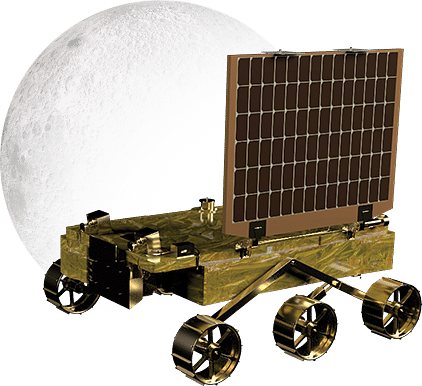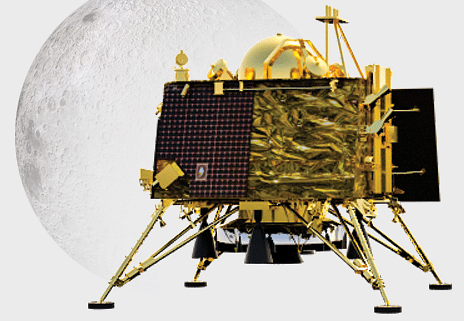Bengaluru: In a major achievement for India’s second lunar mission, the lander of Chandrayaan-2 separated from the orbiter Monday in preparation for landing, announced the Indian Space Research Organisation.
The separation occurred at IST 13.15 hours.
The lander, Vikram, was stacked on top of the orbiter on its journey so far and is now preparing to perform a soft landing. The landing is expected to take place on 7 September between IST 1:30 am and 2:30 am. The expected time of landing is 1:55 am. The rover, Pragyan, will be released a few hours after the landing.
A successful landing would make India the fourth country to have a spacecraft touch down on the lunar surface.
Over the next few days from now, Vikram lander will perform deorbiting manoeuvres around the moon, adjusting and lowering its orbit. The first deorbiting manoeuvre will take place on 3 September and the next on 4 September.
The process of landing
On 7 September, 15 minutes before the landing, the Vikram lander will perform a powered descent. The process of landing will involve the lander’s engines firing in the opposite direction to slow it down to an optimal speed so that it doesn’t crash on the lunar surface. In April this year, a private Israeli spacecraft called Beresheet had crashed while performing such a landing when the craft’s main engine shut off during the braking procedure.
During the process of descent, Vikram lander’s camera will be switched on. It is expected to capture images of the approaching lunar surface as well as those of the rover’s ramp opening up and descending on it.
Vikram lander will rest in the south polar region of the moon — a place no human or robot has explored until now. Both Vikram and Pragyan will function there.

The Chandrayaan-2 mission will study water on the moon, seismic activity, heat conductivity of the surface, mineralogy, surface chemistry and more, with new results expected from the uncharted south polar region.
Vikram and Pragyan are expected to function for 14 earth-days in daylight on solar energy, while the orbiter will work for at least a year. The moon takes approximately 28 days to both rotate and revolve around the earth, so a full lunar day will mean a 14 earth-day period of darkness followed by sunlight. Since both Vikram and Pragyan function on solar energy, they are expected to shut down.
ISRO plans to communicate with the lander and the rover after the lunar night, but the expected outcome is unclear as of now.
Chandrayaan-2 is ISRO’s “most complex mission so far” with the 15-minute landing sequence described as “terrifying” by ISRO Chairman K. Sivan last month.
Also read: Schoolkids, want to sit with PM Modi and watch Chandrayaan-2 land on moon? Take ISRO quiz



